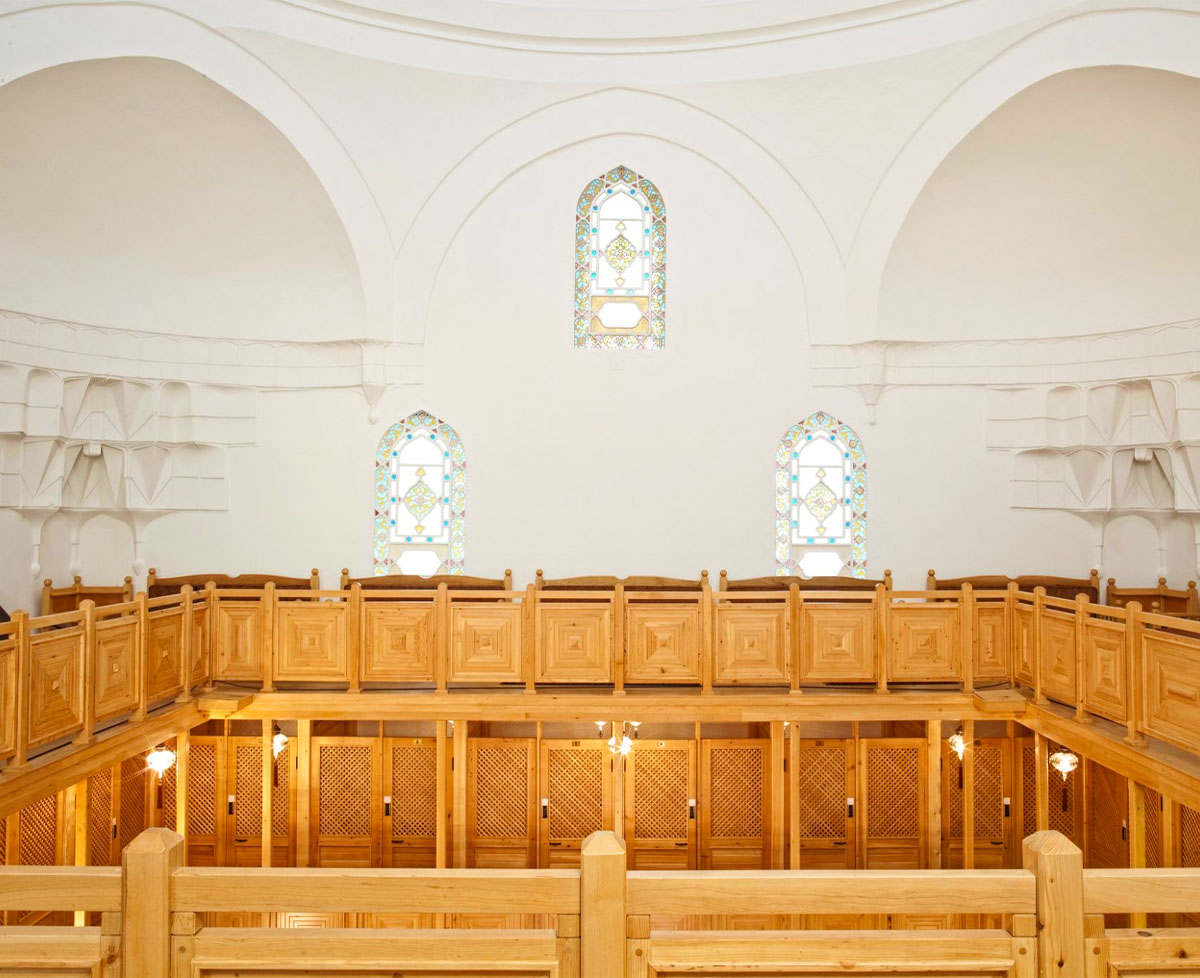Hagia Sophia Hurrem Sultan Bath
Istanbuls Favorite with Historical Texture and Modern Restoration
 Hürrem Sultan Bath, one of the most important historical baths in Istanbul, is a work of the Ottoman Empires renowned chief architect, Mimar Sinan.
Hürrem Sultan Bath, one of the most important historical baths in Istanbul, is a work of the Ottoman Empires renowned chief architect, Mimar Sinan.
This magnificent structure, built in the 16th century at the request of Hürrem Sultan, the wife of Suleiman the Magnificent, is located in a historic area between the Sultanahmet Mosque and the Hagia Sophia, where the Zeus Temple and the Zeuxippus baths once stood. This work of Mimar Sinan reflects the classical Ottoman bath architecture, while also bringing a novelty.
The construction of the womens and mens sections on the same axis, as mirror images of each other, is a first in Turkish bath architecture. With this feature, Hürrem Sultan Bath is one of Istanbuls most important cultural heritages, both in terms of its historical value and architectural originality. Hürrem Sultan Bath was closed for many years and reopened to the public in 1910. However, it was used to house prisoners during periods when the nearby Sultanahmet Prison was full. In later years, it was used to store paper and oil.
One of Istanbuls most impressive buildings, Hürrem Sultan Bath underwent its first restoration between 1957 and 1958. It served as a carpet bazaar until 2007. Hürrem Sultan Bath, which was restored again in the 2000s, was restored to its original condition and started to operate in 2008.